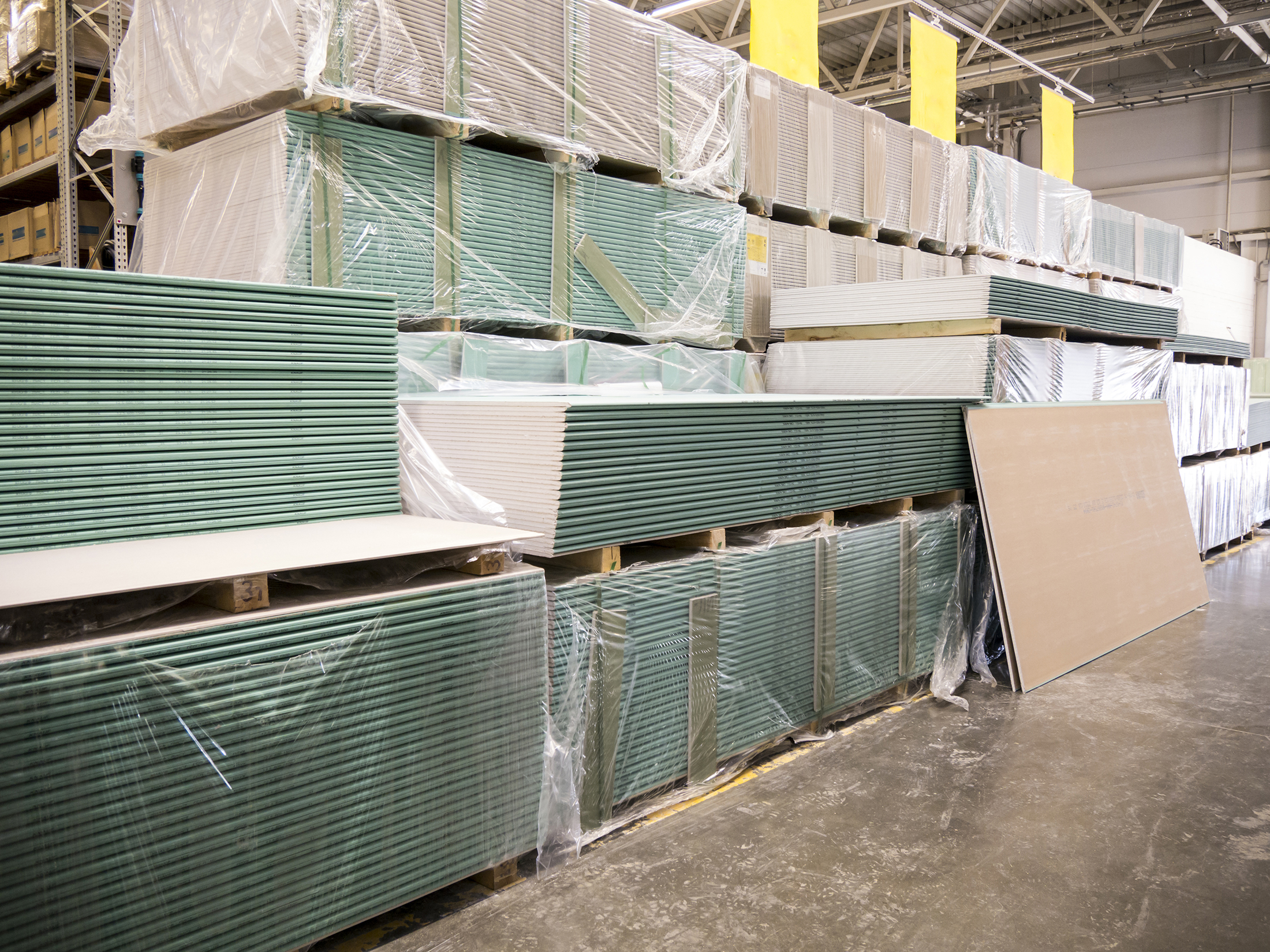The landscape of construction has changed radically over time, with building materials experiencing a constant evolution as civilization has progressed. Once limited to only the raw materials that could be scrounged from our immediate surroundings, we are now capable of creating amazing structures out of glass, metal, concrete, timber, and more. With rapidly emerging developments in construction and the need to keep up with environmentally-conscious trends, the future will no doubt offer continuous advances in the realm of building materials.
Interested in learning more about how building materials have evolved over time? Here’s a brief history.
Early Building Materials
The earliest huts and tents were constructed from basic materials that could be taken directly from nature, such as animal pelts, mud, grasses, and wood. Buildings were correspondingly extremely simple in design and offered limited protection from the elements. Structures became more complex as new methods for working with these materials were discovered, such as how to shape wood into sturdy lumber and how to create mud bricks. Thanks to these initial improvements to raw materials, stronger buildings could be constructed, with important features like roofing and raised foundations eventually becoming more prevalent.
The Bronze Age to the Renaissance
From the Bronze Age to the Renaissance, building materials began to take a more familiar and deliberate form. Stone, including granite, limestone, and quartz, was used in construction alongside metal beams and staples; the Romans also popularized the use of both concrete and clay bricks as alternatives to traditional stone structures. Some metals were used during this time, such as copper and bronze, and plaster, too, was developed into a viable and common building material. This is also the period when glass – a material hard to imagine being excluded from any construction project these days – became more commonplace.
The Industrial Revolution to Present Day
The Industrial Revolution rapidly introduced many new technologies that led to advancements in the construction industry. These technologies made it possible to create new, better materials, often from a combination of multiple materials, such as corrosion-resistant plastic and reinforced concrete. The Industrial Revolution also heralded the rise of metals, including steel and iron, as key building materials that are commonly used in present day structures. Increasingly, trends are encouraging the development of environmentally-friendly and sustainable building materials, such as wool bricks and recycled plastic.
Building materials have changed significantly over time, from simple grass huts to the expansive structures of glass and metal that exist today. As modern technologies continue to revolutionize construction materials, it will no doubt be fascinating to see how the landscape of construction transforms in the years to come.
Looking for a team to take the lead on your next project? At Pulse Construction, we’re committed to doing business with an honest, professional, and competitive approach – without compromising safety or schedules. Contact us today for all of your building needs.



